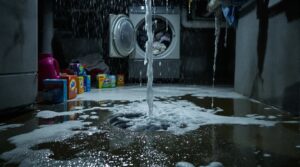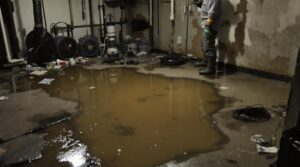Water damage insurance and flood insurance are distinct types of insurance coverage protecting homeowners from different water-related incidents. Water damage insurance covers internal mishaps, such as leaky pipes or appliance failures. Flood insurance, on the other hand, covers external flooding caused by natural disasters or overflowing waterways. Homeowners should understand these differences to assess risks and select appropriate insurance coverage. Exploring each type's specifics reveals critical nuances, enabling informed decisions for targeted home protection.
Key Takeaways
- Water damage insurance typically covers sudden and accidental internal water damage within a dwelling, excluding flood damage.
- Flood insurance provides financial protection against external flooding, including storm surges, mudslides, and overflow from natural bodies of water.
- Key differences in coverage include internal mishaps for water damage insurance and external flooding for flood insurance.
- The average annual premium for water damage insurance ranges from $800 to $2,000, while flood insurance premiums range from $400 to $2,500.
- Claims for water damage insurance are usually processed through homeowners' insurance, while flood insurance claims require specific documentation and involve inspections and assessments.
What Causes Water Damage Vs Flooding?
While both water damage and flooding can result in significant financial losses, they are distinct phenomena with different causes. Water damage typically arises from internal water sources, such as leaky pipes, appliance failures, or sewage backups. The resulting damage can be categorized into three primary damage categories: clean water, grey water, and black water. Clean water damage originates from sanitary water sources, whereas grey water damage involves contaminated water. Black water damage, the most severe category, results from highly contaminated water sources, often containing sewage or chemicals. In contrast, flooding is usually caused by external factors, such as heavy rainfall, storm surges, or overflowing waterways. Understanding the differences between water damage and flooding is essential for homeowners to assess their risks and select the right insurance coverage. Standard property insurance policies rarely include coverage for flood-related damages, making separate flood insurance necessary for comprehensive protection.
Water Damage Insurance: What Does It Cover?

Typically, water damage insurance is included as part of a standard homeowners' insurance policy. This type of insurance provides coverage for sudden and accidental water damage that occurs within a dwelling, such as damage caused by a burst pipe, leaky appliance, or ice dam. Water damage insurance claims may be filed to cover the cost of repairs or replacement of damaged property, including walls, floors, and personal belongings. However, it is essential to note that water damage insurance policies often exclude damage caused by flooding, which is typically defined as the overflow of water from a natural body of water. Policyholders should review their insurance policies to understand what is covered and what is not. Coverage limits and deductibles may also apply. Proper claim documentation submission, including detailed photos and repair estimates, is crucial for ensuring a successful water damage insurance claim.
What Is Covered Under Flood Insurance?
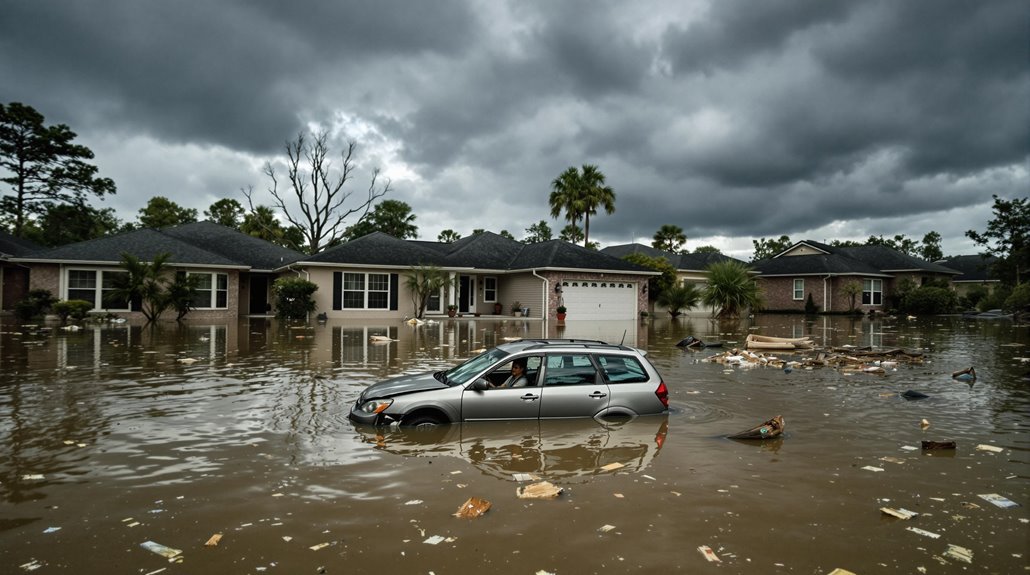
Because standard homeowners' insurance policies often exclude damage caused by flooding, flood insurance is usually purchased as a separate policy. Flood insurance provides financial protection to homeowners who reside in high-risk flood zones, which are areas designated by the Federal Emergency Management Agency (FEMA) as being prone to flooding. Under a flood insurance policy, coverage typically includes damages to the building and its contents caused by floodwaters, mudslides, and storm surges. Policyholders can file insurance claims to receive reimbursement for losses resulting from flooding, including damage to walls, floors, and personal belongings. Flood insurance can be purchased through the National Flood Insurance Program (NFIP) or private insurance companies, offering peace of mind to homeowners in flood-prone areas.
Does Homeowners Insurance Cover Water Damage or Flooding?

Homeowners insurance policies provide coverage for various types of damage to a residence, but the extent of coverage for water damage and flooding is often a source of confusion. Typically, homeowners insurance covers water damage resulting from sudden and accidental events, such as a burst pipe or appliance malfunction, which may require water restoration services. However, flooding caused by natural disasters, such as hurricanes or heavy rainfall, is usually not covered under standard homeowners insurance policies. Policyholders should review their insurance policies carefully to understand what is covered and what is not. In the event of water damage or flooding, it is essential to file insurance claims promptly and accurately to guarantee coverage. Understanding the scope of coverage can help homeowners navigate the complex process of seeking compensation. The claims process timeline can vary significantly depending on the complexity of the water damage and required documentation.
Average Cost of Water Damage and Flood Insurance
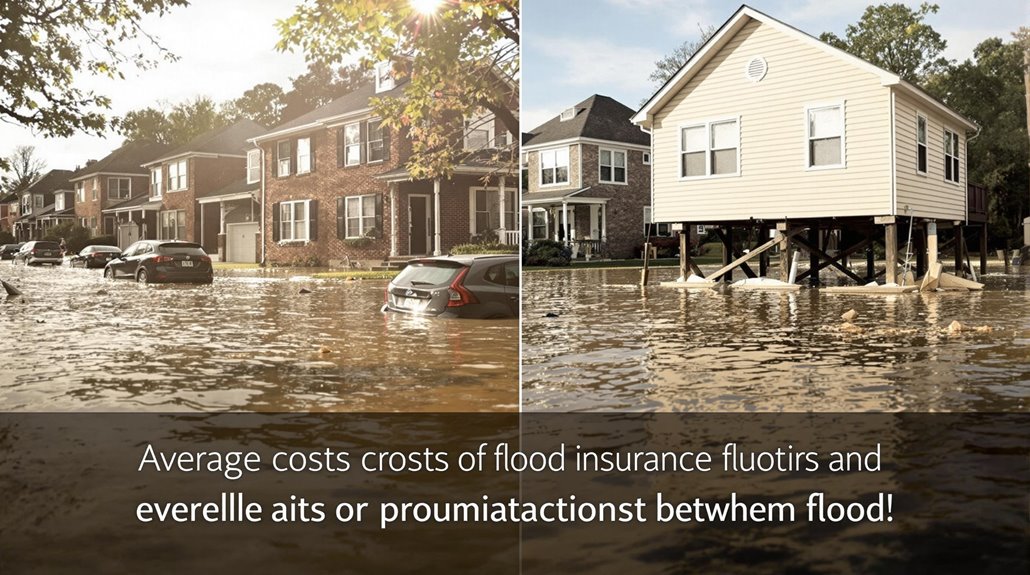
Several factors influence the average cost of water damage and flood insurance, including the location of the residence, the value of the property, and the level of coverage chosen. Average policy premiums for water damage insurance typically range from $800 to $2,000 per year, while flood insurance premiums range from $400 to $2,500 per year.
| Insurance Type | Average Annual Premium |
|---|---|
| Water Damage Insurance | $800 – $2,000 |
| Flood Insurance | $400 – $2,500 |
| Water Damage Claim Payout | $10,000 – $20,000 |
| Flood Claim Payout | $30,000 – $50,000 |
Typical claim payouts for water damage insurance range from $10,000 to $20,000, while flood insurance claim payouts range from $30,000 to $50,000. It is vital for homeowners to carefully consider their coverage options and costs to guarantee they are adequately protected against water damage and flooding. Understanding your standard policy exclusions can help determine whether additional coverage is necessary for comprehensive protection against water-related damages.
Key Differences Between Water Damage and Flood Insurance
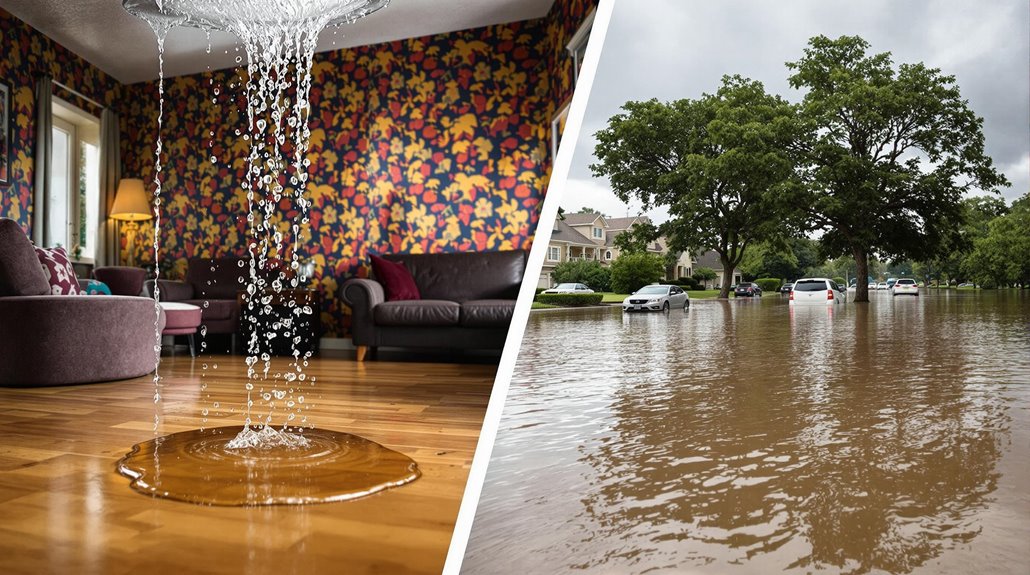
While both water damage insurance and flood insurance provide financial protection against water-related losses, there are distinct differences between the two types of policies. Water damage insurance typically covers losses resulting from internal sources, such as burst pipes, appliance leaks, and roof damage. In contrast, flood insurance covers losses caused by external sources, such as heavy rainfall, storm surges, and overflowing waterways. Another key difference is that water damage insurance is usually an add-on to a homeowner's policy, while flood insurance is typically a separate policy backed by the National Flood Insurance Program (NFIP). Understanding these differences is essential in choosing the right insurance coverage for one's specific needs. Water damage and flood insurance policies serve unique purposes and offer distinct benefits. Research shows that only 27% of homeowners in designated flood zones maintain flood insurance coverage, leaving many properties vulnerable to devastating losses.
How to Choose the Right Insurance Coverage for Your Home
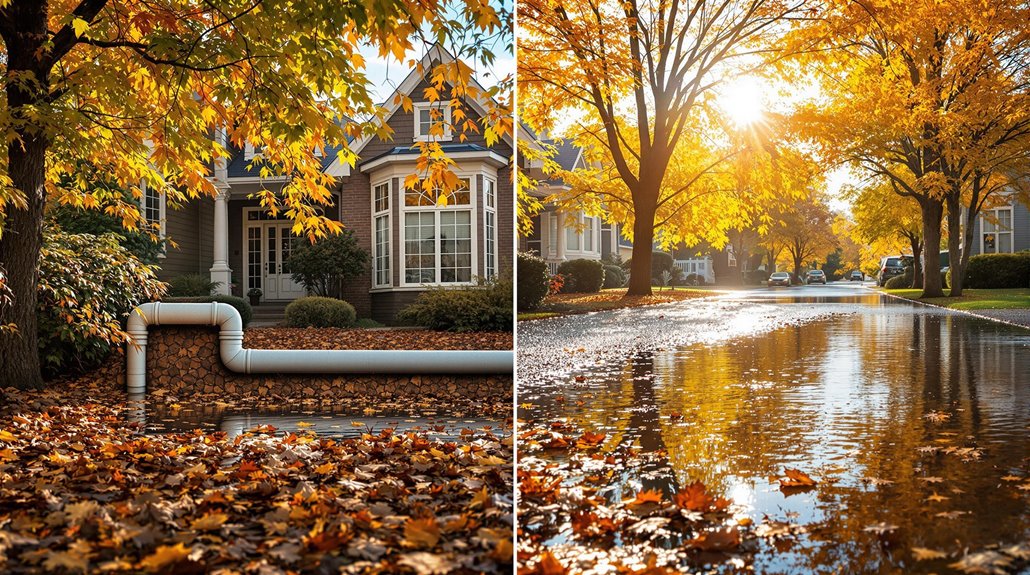
What factors should be considered when selecting insurance coverage for a home? Determining the likelihood of water damage or flooding in the area and evaluating insurance types can guide homeowners in choosing suitable coverage. Considering past instances of water damage or flooding on the property, as well as surrounding environmental conditions such as nearby bodies of water, should also be taken into account. Homeowners must also analyze the total value of their home and belongings when evaluating coverage limits. Policy terms, including deductibles and premium costs, also impact the decision-making process. Assessment of potential risks and choosing sufficient coverage can mitigate costly recovery efforts in the event of an incident, allowing homeowners to take effective action against unforeseen water-related events. Regular review of your replacement cost coverage helps ensure your insurance policy remains aligned with your home's current value.
